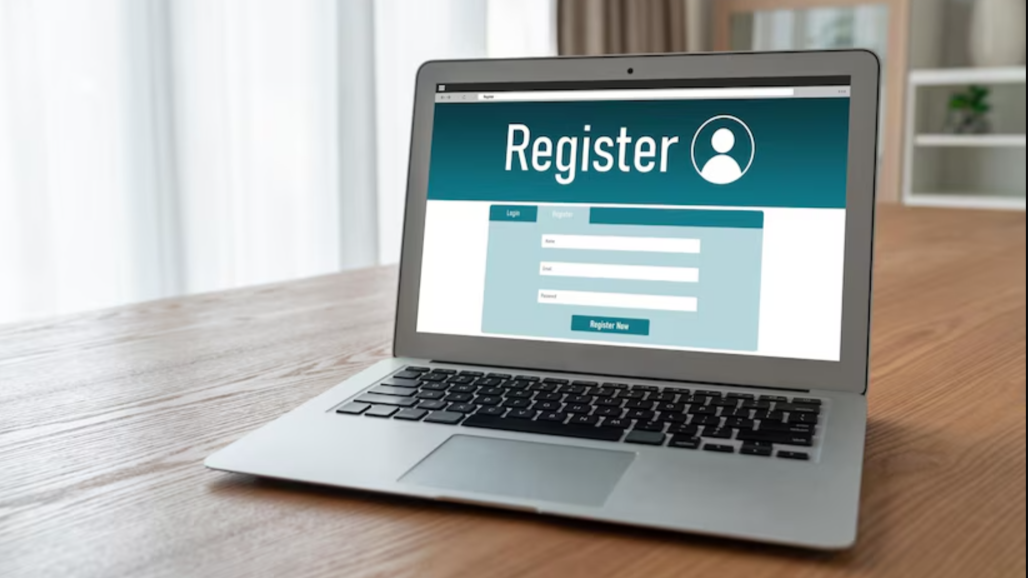How Optimized Lead Capture Forms Improve Your B2B Sales Funnel

In B2B marketing, the most powerful revenue driver is often the quiet, easily overlooked form sitting on your website. That form is the bridge between curiosity and conversion and when optimized, it can dramatically reshape how you capture, qualify, and close leads.
Online forms are the first point of trust between your brand and a potential customer. Yet many businesses still treat them as passive contact boxes instead of active conversion assets. Today’s B2B buyers expect seamless, transparent, and human-centered interactions. A form that feels intrusive or outdated can turn interest into friction, costing valuable opportunities.
A HubSpot study found that nearly 70% of B2B websites lose leads due to poor form design or excessive required fields. In an environment where competition for attention is fierce, optimizing the form experience is essential.
The anatomy of a high-performing B2B lead form is built on clarity, context, and continuity. The goal isn’t to gather every data point at once; it’s to make your user feel confident enough to continue the conversation.
Best Practices for High-Converting B2B Forms
Limit friction. Start with only the most essential fields (name, company, email).
Guide with context. Use clear microcopy that explains why each piece of information is needed.
Personalize dynamically. Tailor fields based on user behavior or segment (e.g., by industry or company size).
Offer value exchange. Clearly communicate what the user receives in return: a demo, report, or consultation.
Validate in real time. Avoid failed submissions or error fatigue that can kill conversions.
A good form is both functional and conversational. It should feel like the start of a dialogue, not a questionnaire.
“In B2B SaaS, your form is often the first real interaction a potential customer has with your brand. It needs to be purposeful, respectful, and fast. We’ve learned that optimizing forms around user intent,not just data capture, dramatically improves the quality of our inbound leads.”
— Adam Hicks, Founder & CEO of RentJelly
Lead Generation Is Now a UX Function
Your website is an interactive sales environment. And your form sits at the center of that experience. A LeadGen App survey found that multi-step forms outperform single-step versions by up to 30%, mainly because they break the process into digestible, low-friction steps. Multi-step forms mirror how B2B buyers think: step by step, from curiosity to confidence.
When users are guided through a logical progression, they’re more likely to complete the journey and more likely to trust the brand on the other side.
Turning Data Into Dialogue
Once a form submission comes through, the next challenge is what happens behind the scenes. Integration with CRM platforms or marketing automation systems ensures that leads are segmented, tracked, and nurtured automatically.
When handled this way, forms become living parts of your marketing ecosystem enabling timely follow-ups, precise lead scoring, and higher conversion rates. Each submission feeds valuable behavioral data back into your funnel, improving future campaigns and form performance. Think of it this way: every completed form is a conversation starter. The speed and relevance of your response decide whether that conversation continues.
Modern software ecosystems, like GRETA™ in the retail and restaurant sectors, are already proving how seamless data collection can power better customer engagement. GretaPOS’s integrated approach to managing sales and customer data demonstrates the same principle: when data flows intelligently across systems, every interaction, from checkout to contact form becomes a potential lead touchpoint.
Auditing and Improving Your Lead Capture Flow
If you’re not sure how your forms are performing, start with a mini audit.
Ask:
- Is your form mobile-optimized and fast to load?
- Are your CTAs strong and benefit-driven (e.g., “Get My Demo” vs. “Submit”)?
- Does your CRM capture all fields properly?
- Do you personalize follow-up sequences based on form type?
- How long does it take for a lead to receive a response?
Small tweaks in copy, sequence, or layout can deliver big improvements. Even removing one unnecessary field or updating your CTA language can increase completion rates by double digits.
The Future of Lead Capture
The future of lead generation is intelligent interaction, forms that adapt in real time, qualify leads as they engage, and integrate seamlessly with sales workflows.
AI-assisted form builders, behavior tracking, and dynamic logic are already redefining how B2B marketers capture intent. But technology alone isn’t the answer; empathy is. The companies that win are those that design every form, every question, and every message with the user’s experience in mind.
In a digital ecosystem crowded with noise, your lead capture form is your brand’s handshake. It’s the first impression, the first signal of trust, and often the first conversion point in your sales journey.
When designed intentionally, that single form can turn a passing visitor into a high-value lead and an ordinary website into a high-performing sales asset.






